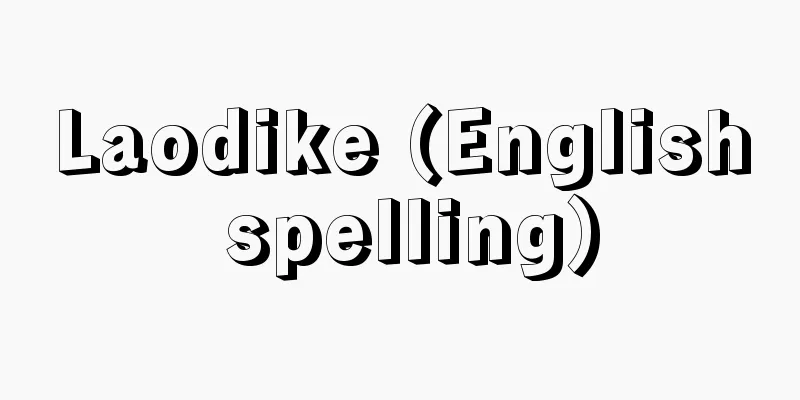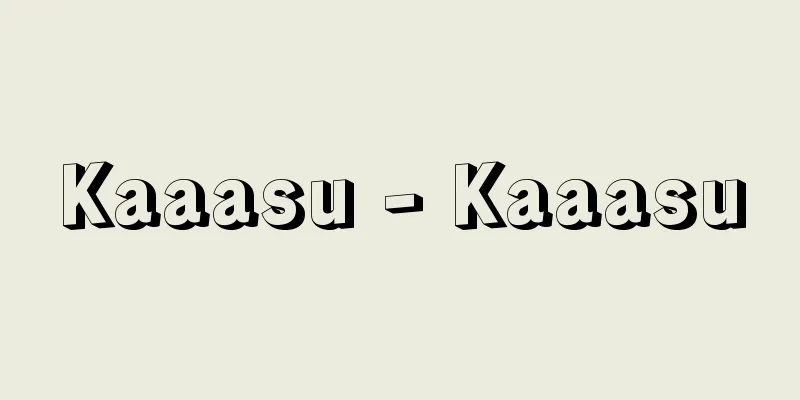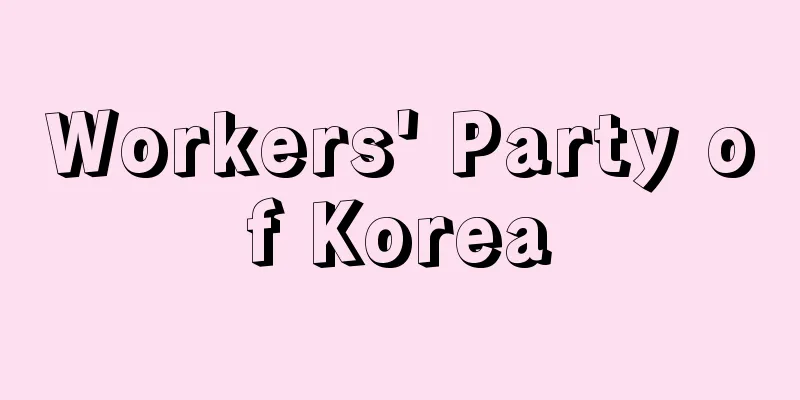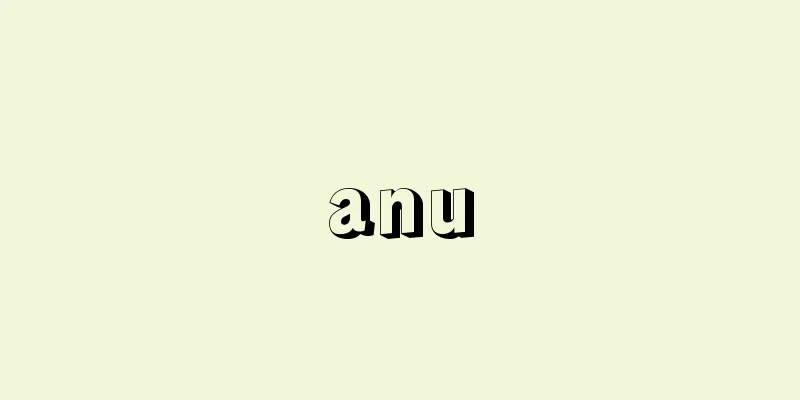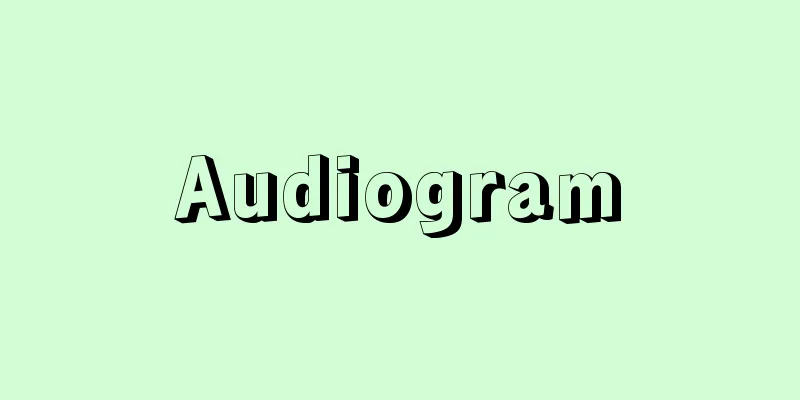Junior high school - chuugakuko
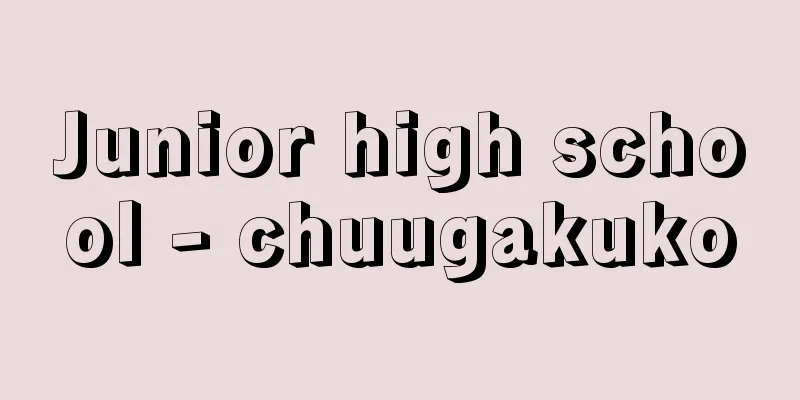
|
A school that provides early secondary education following elementary school. With the enactment of the School Education Law in 1947 (Showa 22), junior high schools were established under the new education system. "The purpose of junior high schools is to provide a general secondary education based on the foundations of education in elementary school, in accordance with the development of the mind and body" (Article 45 of the School Education Law). The characteristics of public junior high schools under the new system compared to the old system are as follows: (1) Although they are similar in that they are connected to elementary schools, they are compulsory education schools and everyone attends them; (2) they are coeducational schools; (3) they do not charge tuition fees; (4) they are positioned between elementary general education (elementary school) and higher general education (high school) and provide secondary general education, but they are general education schools that "cultivate basic knowledge and skills about occupations, an attitude that values work, and the ability to choose one's future course according to one's individuality" (Article 21 of the same law); (5) they are three-year lower secondary education programs; (6) they have a system of one school, one school district, and admission is without examination. In addition to being left in the ashes of World War II, there were no facilities equivalent to those in place before the war (old-system junior high schools were upgraded to new-system high schools after the war), and so schools had to start from scratch, and they continued to rent space from other facilities, and there was a strong demand to abolish unproductive general education. However, through tireless national efforts, it took root and became the institutional foundation for the popularization of high schools. As of 2008, the breakdown of junior high school establishments by number of schools is as follows: national 0.7%, public 92.6%, and private 6.7%. Junior high schools, which appear to be stable in terms of their systems, are in fact plagued by serious problems. These include school violence and delinquency, so-called dropouts and bullying, and widespread apathy. Behind these problems lie a complex web of external educational factors, such as the mental climate and cultural trends of modern Japan, changes in the socio-economic structure, and changes in the home, family, and environment. However, this does not mean that there are no internal educational factors. Factors that are particularly directly related to junior high school education are, first, the classification and diversification of high schools and the corresponding intensification of selection exams, and, second, the decline in initiative and autonomy of schools, teachers, and students due to the increasingly restrictive nature of curriculum guidelines and school management and the maintenance of order in those schools. In order for junior high school students to acquire basic academic skills and grow into capable citizens with social sensitivity, junior high schools need to regain much more time, material, human resources, and above all, mental space than they currently have. To achieve this, the entire education system needs to be reviewed, but as mentioned above, it is essential to eliminate exam-based education and provide students with ample opportunities to be independent and spontaneous. Following a partial revision of the School Education Law in 1998, public "secondary education schools" were established in 1999 to provide a unified junior and senior high school education that combined junior and senior high school education. The aim of unified junior and senior high school education is to restore the "leisure" of junior high school students, so there is no examination system for entering senior high school. However, on the other hand, as the number of school systems available to students upon graduation from elementary school increases, some sort of selection is unavoidable, which may lead to a younger age for entrance exam competition and the creation of elite schools. For all people, not just junior high school students, being constantly enriched in a way that is unique to that time is the foundation for optimal learning. There has never been a time when the need to recreate junior high schools to make this possible has been greater than it is today. [Toshiaki Kuwahara] "Modern Junior High School Education Series 1: Basic Issues" edited by Taro Yamauchi (1965, Meiji Tosho Publishing)" ▽ "The Establishment of the 6-3-3 System" by Mitsuhiko Miwa (1999, Horitsu Bunkasha) [Reference items] | | | | | | | | | | |Source: Shogakukan Encyclopedia Nipponica About Encyclopedia Nipponica Information | Legend |
|
小学校のあとに続く、前期中等教育を施す学校。1947年(昭和22)学校教育法の制定により、新学制下の中学校が誕生した。「中学校は、小学校における教育の基礎の上に、心身の発達に応じて、中等普通教育を施すことを目的とする」(学校教育法45条)。旧制中学校と比較して新制公立中学校の特徴を述べれば次のようである。 (1)小学校に接続するという点では同じであるが、義務教育学校としてすべての者が就学する、(2)男女共学である、(3)授業料が不要である、(4)初等普通教育(小学校)と高等普通教育(高等学校)の中間に位置して中等普通教育を施すが、「職業についての基礎的な知識と技能、勤労を重んずる態度及び個性に応じて将来の進路を選択する能力を養う」(同法21条)共通教育学校である、(5)三年制の前期中等教育である、(6)一校一学区制により無試験入学制である。 第二次世界大戦の焦土のうえに、戦前に対応する施設もなく(旧制中学は、戦後は新制高校に昇格した)、まったくのゼロから出発することになったため、他施設への間借り状態が続き、非生産的な共通教育の撤廃の要望も強かった。しかし、たゆまない国民的努力によって定着し、高等学校大衆化の制度的基盤となった。中学校の設置者別比率は2008年(平成20)現在、学校数で、国立0.7%、公立92.6%、私立6.7%である。 制度的には安定しているかにみえる中学校も、その内実は深刻な問題を抱えている。校内暴力や非行の問題、いわゆる落ちこぼれやいじめ、無気力の蔓延(まんえん)などの問題である。これらの問題の背景には、現代日本の精神的風潮、文化的傾向、社会経済構造の変化、家庭・家族や環境の変化など教育外的条件が複雑に絡まりながら存在している。しかし、教育内的要因がないわけではない。とくに中学校教育に直結している要因は、第一に、高等学校の種別化・多様化と、それに応じた選抜試験の激化、第二に、学習指導要領の拘束性の強化や学校管理とその秩序維持に伴う学校および教員・生徒の自発性・自主性の減退である。 中学生たちが基礎学力をしっかりと身につけ、社会的感受性を身につけた有為な市民に育っていくためには、中学校は現在よりもはるかに時間的、物的、人的、そしてなによりも精神的ゆとりを取り戻す必要がある。そのためには教育体系全体の見直しが必要であるが、先にも述べたように、とくに受験教育を除去し、生徒の自主性、自発性に大幅な活動の場面を与えることが肝要である。 1998年(平成10)の学校教育法一部改正により、1999年に中学校・高等学校の前・後期中等教育をあわせた中高一貫教育を施す公立の「中等教育学校」が発足した。中高一貫教育を行う学校は、中学生の「ゆとり」を取り戻すことを目的としているため、高等学校進学時の試験制度が実施されない。しかし、一方では小学校卒業時の学校制度の選択肢が増えることになるため、なんらかの選抜は避けられず、受験競争の低年齢化や受験エリート校化につながるおそれがある。中学生ばかりでなく、人間はその時期に固有のやり方で常時充実していることが最良の学習のための基盤となる。それを可能にする中学校の再創造が今日ほど要請されている時はない。 [桑原敏明] 『山内太郎編『現代中学校教育大系1 基本問題』(1965・明治図書出版)』▽『三羽光彦著『六・三・三制の成立』(1999・法律文化社)』 [参照項目] | | | | | | | | | | |出典 小学館 日本大百科全書(ニッポニカ)日本大百科全書(ニッポニカ)について 情報 | 凡例 |
Recommend
Compsognathus (English spelling)
An extinct reptile belonging to the Theropoda subo...
Akagi (Akagi) - Bischofia javanica
A large tree of the Euphorbiaceae family native to...
Complete goodness
...The principal image is the Amida Buddha. It is...
Kuramisou - Kuramisou
A manor in Mikata County, Wakasa Province. It was ...
partially polarized light
…However, it is known that even with natural ligh...
Natsume Soseki - Natsume Soseki
Novelist. Real name Kinnosuke. Born on January 5,...
Kaikei - Kaikei
[1] Abbreviation of "Kaikeizan (Mount Kaikei)...
Gravitational collapse
The sudden contraction of a star due to its own gr...
not straight
…a penalty kick is awarded to the not responsible...
Basal body temperature
This refers to the temperature measured when ther...
Mobara [city] - Mobara
A city in central Chiba Prefecture. It was incorpo...
Abd al-Rahman (Alawite dynasty)
…After his death, the country again fell into cha...
Accademia dei Georgofili (English notation) Accademia dei Georgofili
…The magazine Antologia, founded in 1821 by G. Vi...
Eastern [town] - Tobu
A former town in Chiisagata County, eastern Nagano...
particulate filled plastics
…On the other hand, when the matrix resin is a th...


